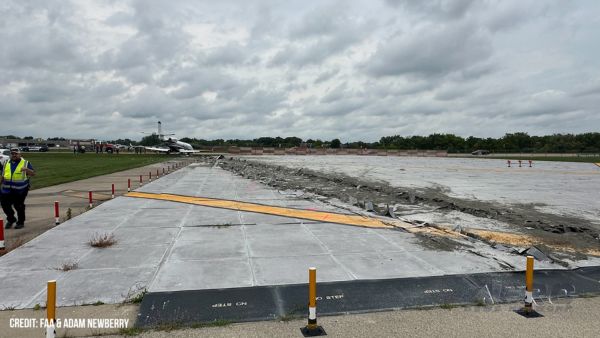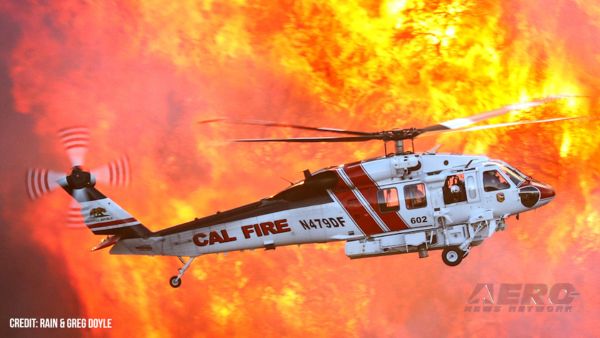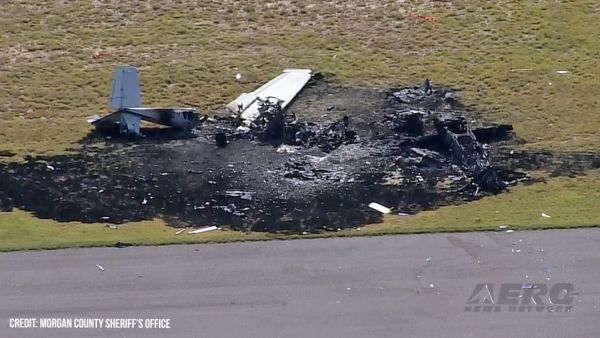Jettison Motor And Crew Module Reaction Control System On Track For 2018 Launch
The critical design review (CDR) completion for the jettison motor and the crew module reaction control system (RCS) on the Orion spacecraft. These two major subsystems that Aerojet Rocketdyne is building for Lockheed Martin and NASA are critical for ensuring astronaut safety and mission success.
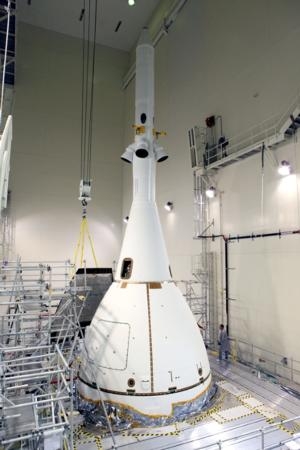
With the successful CDR completion on the programs, Aerojet Rocketdyne is now able to begin manufacturing hardware for installation into Orion for Exploration Mission-1 (EM-1), which is slated for launch readiness in 2018 and will be the first flight to the proving ground of deep space.
"Astronaut safety is paramount and the jettison motor and the crew module reaction control system will ensure that the crew begins their mission into deep space and lands at the completion without harm," said Julie Van Kleeck, vice president of Aerojet Rocketdyne's Advanced Space & Launch Programs business unit.
The jettison motor is a solid rocket motor that separates the launch abort system from the Orion spacecraft about five seconds after fairing separation, allowing the crew to continue safely on their way into deep space. In addition to its normal operations, the jettison motor serves a double duty if an anomaly occurs. Designed to assist crew escape, the jettison motor is one of three solid rocket motors on the launch abort system that will rapidly pull the capsule away from the stack in the
event of an emergency.
The RCS on the crew module the company is providing for Orion is equally important to crew safety. The crew module RCS provides the only course control authority after separation from the service module. It ensures that the heat shield is properly oriented, the crew module is stable under the parachutes and that the vehicle is in the correct orientation for splashdown. The RCS started a redesign in October 2013 based on modeling and simulation demonstrations theorizing different operational environments for the system, which the Exploration Flight Test-1's (EFT-1) mission in December 2014 confirmed.
"Our crew module reaction control engines are critical to the entire Orion landing sequence," said Samuel Wiley, Aerojet Rocketdyne program director for Human Space. "The successful EFT-1 flight demonstrated the RCS technology and now we are expanding the engine capabilities to support future flights into deep space."
The crew module RCS that Aerojet Rocketdyne is now manufacturing for delivery to Lockheed Martin next year is significantly enhanced from the system flown on EFT-1. Design changes include: increasing the structural capability of the engines and support structure; increased engine nozzle temperature capability to withstand more severe aero-thermal environments during re-entry of the crew module into Earth's atmosphere; and reducing overall mass of the system. The successful CDR also verified the new design and confirmed the use of cutting-edge additive manufacturing technology in the fabrication of engine components.
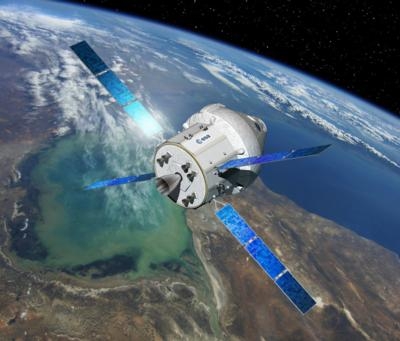
"Successful critical design reviews for the jettison motor and the crew module reaction control system represent the culmination of several years of disciplined engineering and development work that required perseverance and dedication to meet the level of rigor necessary for human space flight programs," added Van Kleeck. "Sending humans beyond deep space is becoming increasingly closer as progress on Orion and the Space Launch System (SLS) continues for the 2018 launch."
EM-1 will be the first time the SLS is integrated with the Orion spacecraft. The mission will send Orion into lunar distant retrograde orbit - a wide orbit around the moon that is farther from Earth than any spacecraft built for humans has ever traveled.
In support of the EM-1 mission, the company recently completed the first verification test series of the RS-25 engine, the former space shuttle main engine, for flight aboard the SLS. The test series is verifying the engine's higher performance, new operating environments and certifying a new controller on the engine. Aerojet Rocketdyne, the prime contractor for the RS-25 engine, will continue testing of flight engines and controllers at NASA's Stennis Space Center through next year in preparation of the first flight of SLS.
(Source: Aerojet Rocketdyne news release. File images provided by NASA)
 ANN's Daily Aero-Term (09.05.25): Resume Normal Speed
ANN's Daily Aero-Term (09.05.25): Resume Normal Speed Aero-News: Quote of the Day (09.05.25)
Aero-News: Quote of the Day (09.05.25) ANN's Daily Aero-Linx (09.05.25)
ANN's Daily Aero-Linx (09.05.25) Classic Aero-TV: Cruisin The Superfortress - ANN Rides Along
Classic Aero-TV: Cruisin The Superfortress - ANN Rides Along NTSB Prelim: Cirrus Design Corp SR22
NTSB Prelim: Cirrus Design Corp SR22


